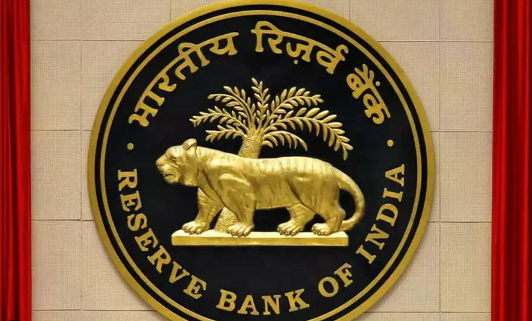RBI State of the Economy Report (March 2024)
The Reserve Bank of India (RBI) released its ‘State of the Economy’ report in March 2024, providing insights into the country’s economic performance and outlook. The report, authored by RBI staffers, including Deputy Governor M D Patra, highlighted the need for monetary policy to remain in a risk-minimizing mode to guide inflation towards the 4% target. It also underscored an upward trend in per capita income, citing data from the Household Consumption Expenditure Survey (HCES).
Inflation and Monetary Policy
The report noted that the recurring incidence of short-amplitude food price pressures is hindering a more rapid decline in headline inflation towards the 4% target. Despite the softening of core inflation, which has been broad-based and among its lowest prints in the series, food price pressures have capped the headline inflation’s downward trajectory.
The CPI readings for January and February 2024 showed that the winter easing of vegetable prices was shallow and short-lived, while cereal prices maintained strong momentum, and prices of meat and fish registered a surge. Consequently, the report emphasized that monetary policy must remain in a risk-minimization mode, guiding inflation towards the target while sustaining the momentum of growth.
Demand and Consumption
On the demand side, the report observed that private final consumption expenditure remained low, despite the third quarter coinciding with the festival season. However, shifts in per capita income indicate a robust demand outlook for premium consumer businesses. The HCES information revealed that per capita spending on durables and discretionary products has been rising in both rural and urban markets, with real per capita income increasing 1.5 times since 2011-12 at a compound annual growth rate (CAGR) of 4%.
The report also predicted moderate growth for the domestic fast-moving consumer goods (FMCG) sector over the next six months, based on market research. It noted a contraction in government final consumption during the October-December quarter.
Investment and Infrastructure
The report emphasized that aggregate demand in the third quarter of 2023-24 was driven by investment, with signs of a revival in the private capex cycle. High visibility of structural demand and healthier corporate and bank balance sheets are likely to be catalysts for new investments.
The current financial year is expected to witness the highest ever length of four-lane roads being constructed, along with the highest ever length of speed or access-controlled highways. This progress is on course to create a world-class road network by 2037.
Economic Growth Projections
Real GDP, which expanded at a six-quarter high rate in October-December 2023, was powered by strong momentum, robust indirect taxes, and lower subsidies. The report was bullish on economic growth, predicting it to be closer to 8% for the current financial year (FY24), compared to the National Statistical Office’s (NSO’s) estimate of 7.6% (Second Advance Estimate).
The report’s nowcast of real GDP growth for January-March 2024, seen in conjunction with high-frequency indicators for the fourth quarter, suggests that the NSO’s estimate for the full-year 2023-24 will be exceeded, and a rate closer to 8% may be achieved.
For the next financial year (FY25), statistical models projected a growth of 7.4%. The in-house Dynamic Stochastic General Equilibrium (DSGE) model suggests that GDP growth is likely to remain robust at 7.4% during 2024-25.
Inflation Outlook
The report projected that CPI inflation will average 4.4% during 2024-25, lower than the 5.4% projected for 2023-24, with most of the decline occurring in the first half of the next financial year.
Important Facts for Exams
- The State of the Economy report is authored by RBI staffers, including Deputy Governor M D Patra, but the views expressed in the report do not necessarily reflect the views of the central bank.
- The Household Consumption Expenditure Survey (HCES) is a key source of information on per capita income and spending patterns in India.
- The Dynamic Stochastic General Equilibrium (DSGE) model is an economic modeling technique used by central banks and other institutions to analyze and forecast macroeconomic variables.
Month: Current Affairs - March, 2024
Category: Economy & Banking Current Affairs







shailja sharma
April 24, 2024 at 5:12 pmIs it an annual report?
Anushka
April 24, 2024 at 9:15 pmYes.